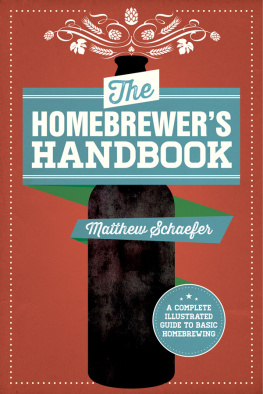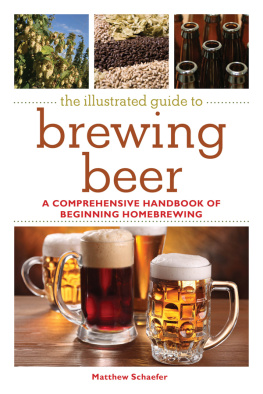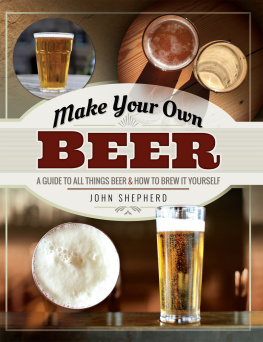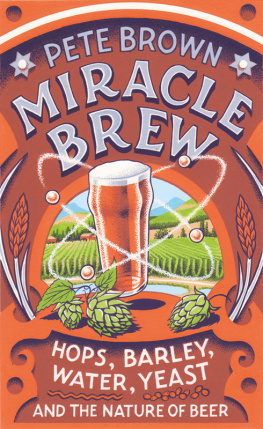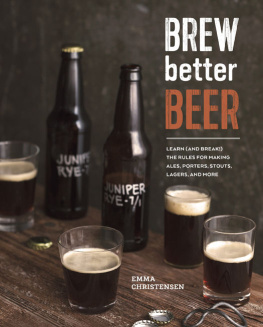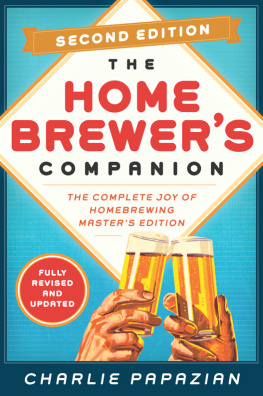

Copyright 2012, 2014 by Matthew Schaefer
All Rights Reserved. No part of this book may be reproduced in any manner without the express written consent of the publisher, except in the case of brief excerpts in critical reviews or articles. All inquiries should be addressed to Skyhorse Publishing, 307 West 36th Street, 11th Floor, New York, NY 10018.
Skyhorse Publishing books may be purchased in bulk at special discounts for sales promotion, corporate gifts, fund-raising, or educational purposes. Special editions can also be created to specifications. For details, contact the Special Sales Department, Skyhorse Publishing, 307 West 36th Street, 11th Floor, New York, NY 10018 or .
Skyhorse and Skyhorse Publishing are registered trademarks of Skyhorse Publishing, Inc., a Delaware corporation.
www.skyhorsepublishing.com
10 9 8 7 6 5 4 3 2 1
Library of Congress Cataloging-in-Publication is available on file.
Cover design by Owen Corrigan
Print ISBN: 978-1-62914-673-7
Ebook ISBN: 978-1-62914-989-9

Printed in the United States of America
For my son, Evan,
and for my wife, Kimberly,
who allowed me to write this while she rocked Evan to sleep
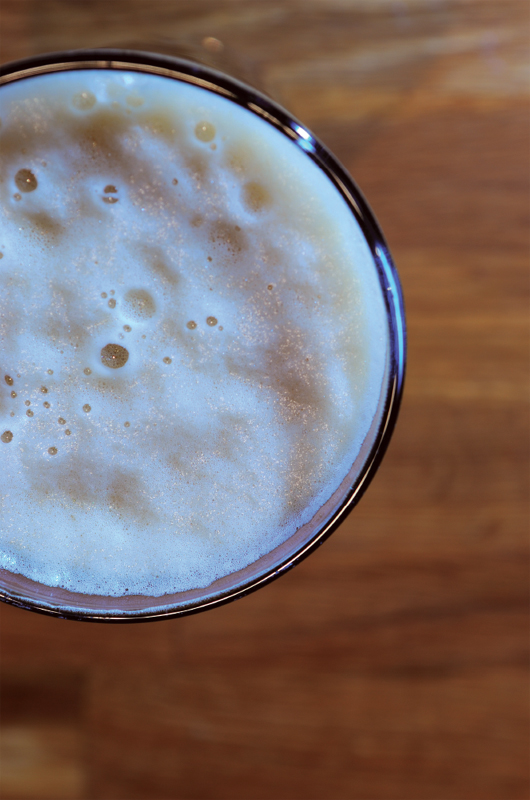
CONTENTS
RECIPES

INTRODUCTION

W hy brew? There are probably as many answers as there are brewers out there, and one would presume that before picking up this book that you have come to some semblance of an answer yourself. For me, the beauty of brewing is in the craftthe chance to start with raw ingredients and carefully shape them into a beverage that I can enjoy and share with others. The ability to control the nuances of flavor, body, and aroma, to bring the end product as close to my idea of the ideal, is what keeps me coming back batch after batch.
I have some recipes that I have been working on for fifteen years. With each batch, I take detailed notes about my process and the end result: Carefully noting the color, flavor, body, mouthfeel, head retention, and aroma. Slowly tweaking the recipe with each successive batch. Diligently trying to reach a fleeting concept of what I think the perfect porter, IPA, or English bitter should be.
And the art of homebrewing gives the modern homebrewer a never-ending palette of ingredients and processes to choose from. Homebrew shops are once again experiencing a resurgence, and the availability of high-quality ingredients over the Internet has made finding even once-obscure grains, hops, and yeast strains easier than at any other time in history.
While the craft of brewing can become maddeningly complex, it by no means has to be. It can be said that grain almost wants to become beer. Given the basic conditions, beer almost makes itself. Leave bread or grain soaking in water long enough and you may very well end up with a basic beer, although it will probably not be particularly good. With a little bit of effort and knowledge, though, the homebrewer can make quite good beer and, with a little bit of practice, truly great beer can be made in your home with readily available ingredients and fairly simple equipment. While this book cant give you the experience that will come with practice, it strives to give you the knowledge that you will need to get there.
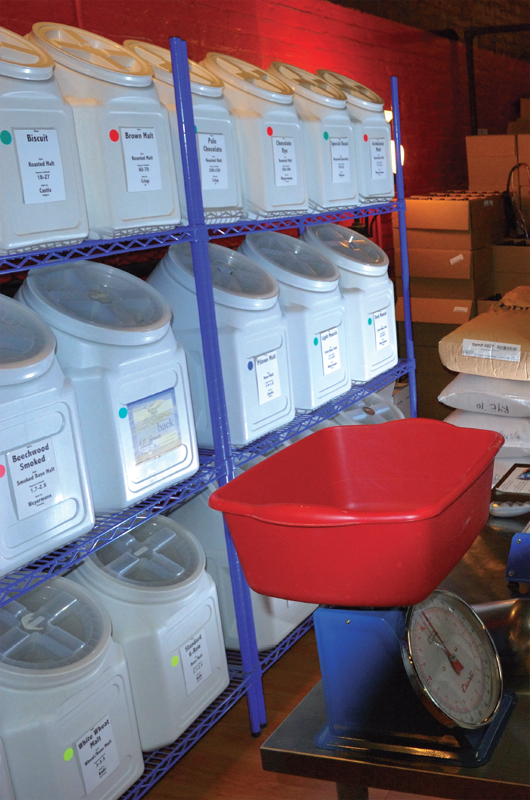
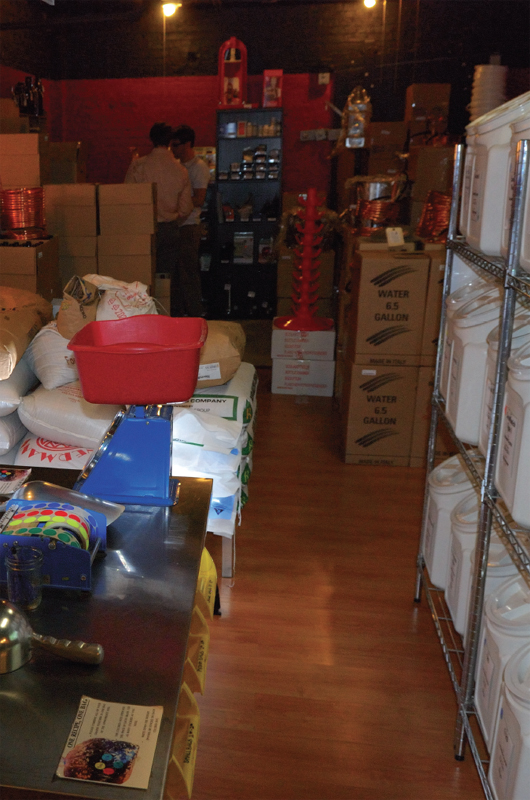
A GOOD HOMEBREW STORE, SUCH AS BROOKLYN HOMEBREW, HAS A LARGE SELECTION OF GRAINS AND EQUIPMENT.
The process of homebrewing is fairly straightforward. It is the job of the homebrewer to give yeast access to sugars in a clean and sanitized environment. The all-grain brewer starts by soaking malted barley in hot water in order to cause a reaction that converts the complex carbohydrate starches in the barley to simple sugars. This process is called mashing. The extract brewer skips the mash and uses commercially prepared malt extract added to water as a source of sugar. Both processes leave the brewer with a sweet liquid called wort. The wort is boiled and then rapidly cooled. Yeast is introduced to the cooled wort and allowed to do its job, which is to break down the sugars and, ultimately, produce alcohol.
From this simple explanation, you can readily see that two of the most important aspects of the brewing process are the underlying ingredients (malted barley or malt extract) and yeast. And controlling these two factors goes a long way toward making great beer. The next two important factors are cleanliness and temperature control, but we will get further into that in the chapters to come.
PART I
BREWING



I n most activities, fundamentals come first, and it is the same with brewing. Brewing is not unlike cooking where a recipe is meaningless unless you know what to do with the ingredients. The following chapters introduce you to the basic procedures that will take you from grain to glass. They are by no means comprehensive, but they will guide you on very first steps that you will need to take on your path to brewing your own beer.
At times, these instructions may seem complicated, but I assure you that everything that you need to do is quite simple. Take it slow, use common sense, and stay calm. Remember, people have been brewing beer successfully for thousands of years despite knowing less about brewing than you will when you finish even the first few chapters of this book.

CHAPTER 1

THE BREWING PROCESS: AN OVERVIEW
W hether you are an extract brewer or all-grain brewer, an understanding of the process from grain to glass will help you understand the procedure that you will follow to make your own beer. A basic set of instructions will give you a list of not only the ingredients that you are going to use and what you need to do but also will present you with prohibitions and warnings that can become confusing if not downright intimidating. But with a little bit of knowledge, you can make sense of these instructions and enjoy the process.

